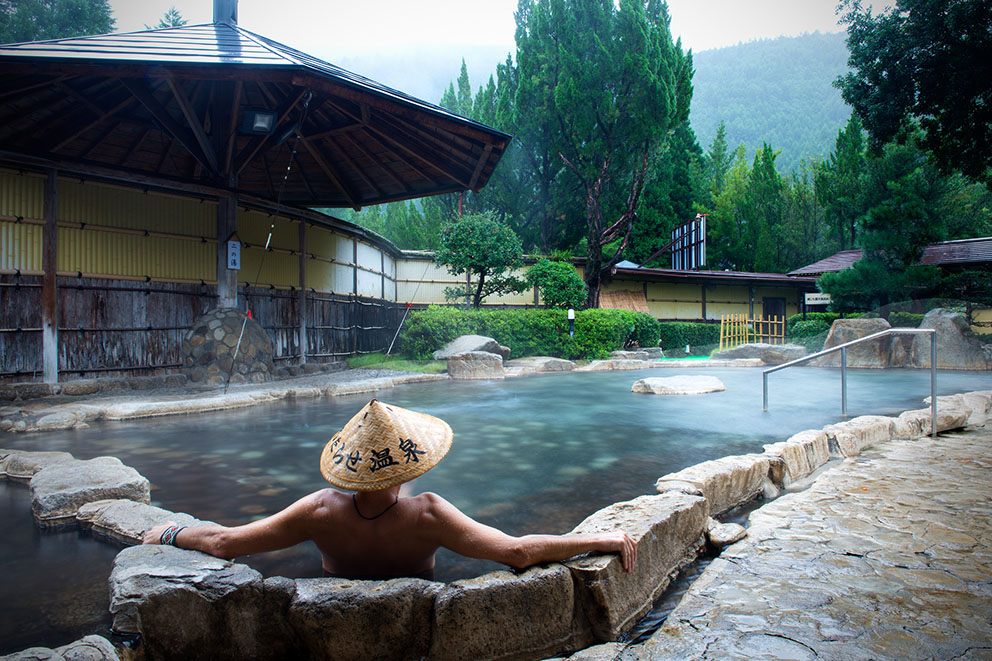
After days of walking, spending a day in the Hongu Area offers the perfect opportunity to relax and have a soothing experience. Soaking in the onsens and the peaceful atmosphere provides effective relief from both physical and mental fatigue.
Hongu is the heart of the Kumano Kodo and is at the center of the Kii Peninsula. It features onsen hot springs, deep cultural heritage, and rural Japanese countryside experience. Yunomine Onsen, Kawayu Onsen, and Wataze/Watarase Onsen are three main onsen districts in this area with accommodations. With each onsen offering its own distinctive water qualities, atmosphere, and history, it is an excellent opportunity to soak in a variety of bathing experiences.
For those who feel energetic, the area offers some hiking options in a day to explore different sections of the pilgrimage route as well. Whether you choose to unwind or explore further, the Hongu Area offers a balance of relaxation and adventure for every traveler.
Sightseeing
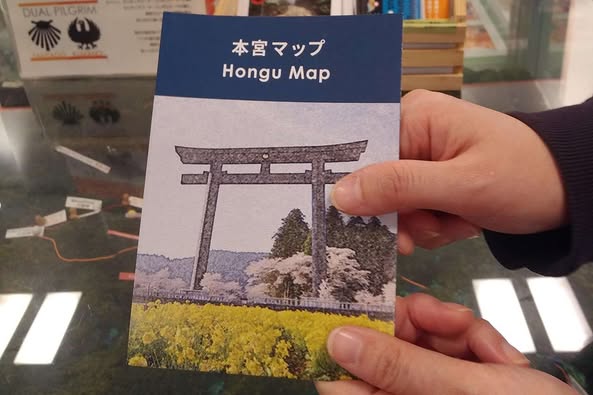
Be sure to pick up a handy Hongu Map at the Kumano Hongu Heritage Center in Hongu or the TANABE Tourist Information Center next to Kii-Tanabe Station.
There is trail information on one side and more detailed information about accommodations, shops and restaurants for Hongu Townsite, Yunomine Onsen, Kawayu Onsen, and Wataze/Watarase Onsen on the other.
Central Hongu
Kumano Hongu Heritage Center
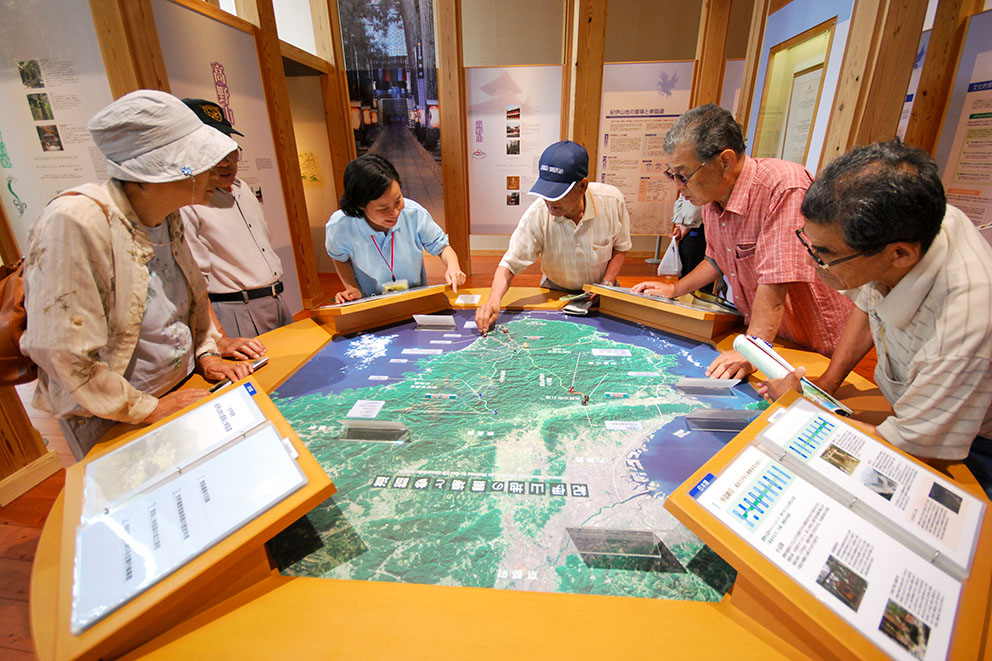
Kumano Hongu Heritage Center, conveniently located across the street from Kumano Hongu Taisha, is a helpful information center that has maps, books, bus timetables, and English-speaking staff to assist visitors.
Guests can learn about the UNESCO World Heritage as well as the local culture, religion, and history of this area.
For those who have completed stamps for Dual Pilgrim, Dual Pilgrim completion registration is available at this information center.
Kumano Hongu Taisha
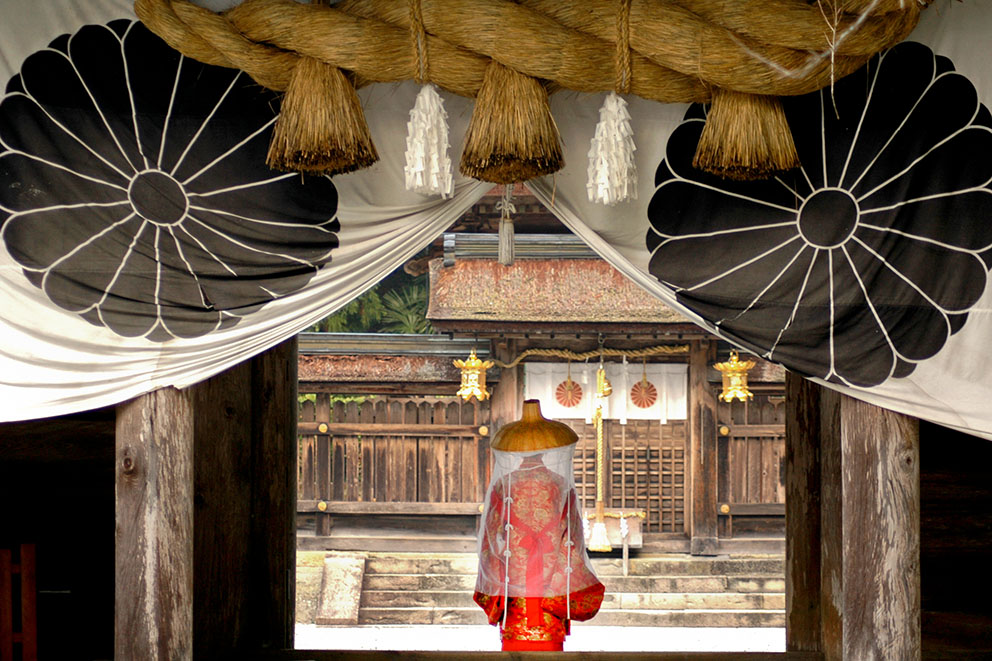
Kumano Hongu Taisha Grand Shrine is the heart of the Kumano region. If your previous visit to this site was brief due to a long hike, a return visit is a must.
Get goshuin 御朱印 (a traditional seal stamp) or talismans at the Juyosho Amulet Office.
The completion stamp for the Kumano Kodo is here and registered Dual Pilgrims who have visited the Kumano Hongu Heritage Center can return here for a special drumming ceremony (※ may not be available every day).
Oyunohara
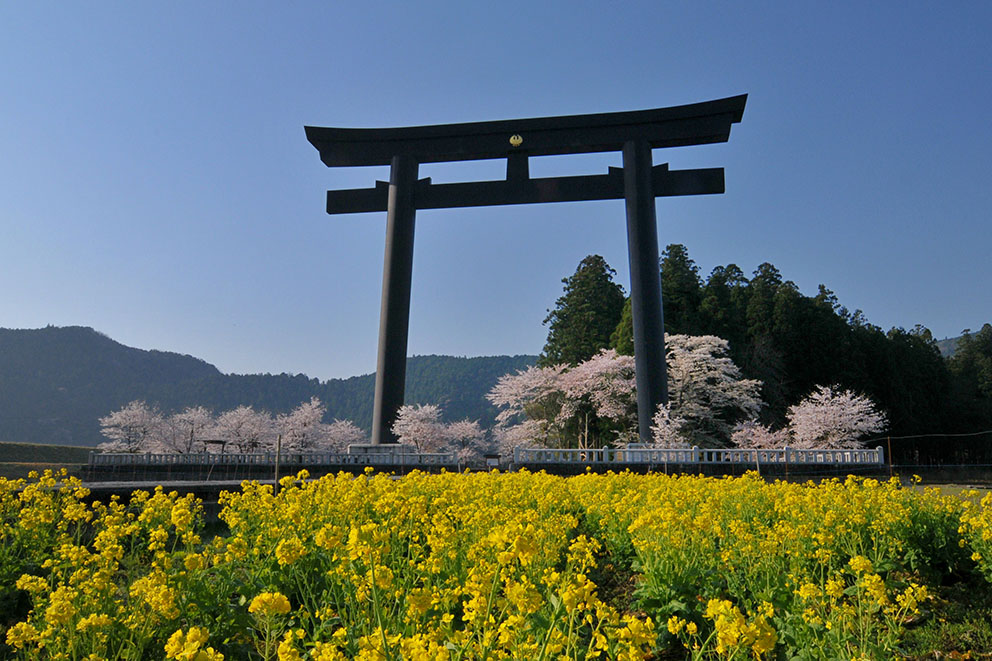
Oyunohara had been the original site of Kumano Hongu Taisha for 1,000 years. After a major flood in 1889, Kumano Hongu Taisha was relocated to higher ground.
The largest torii gate in the world, O-torii, is at the entrance. Surrounded by the Kumano-gawa River and the rich cedar and cypress forest, this area offers a glimpse of the deep-rooted tradition of nature worship in practice for over 2000 years.
Yunomine Onsen
Onsen baths
Tsuboyu
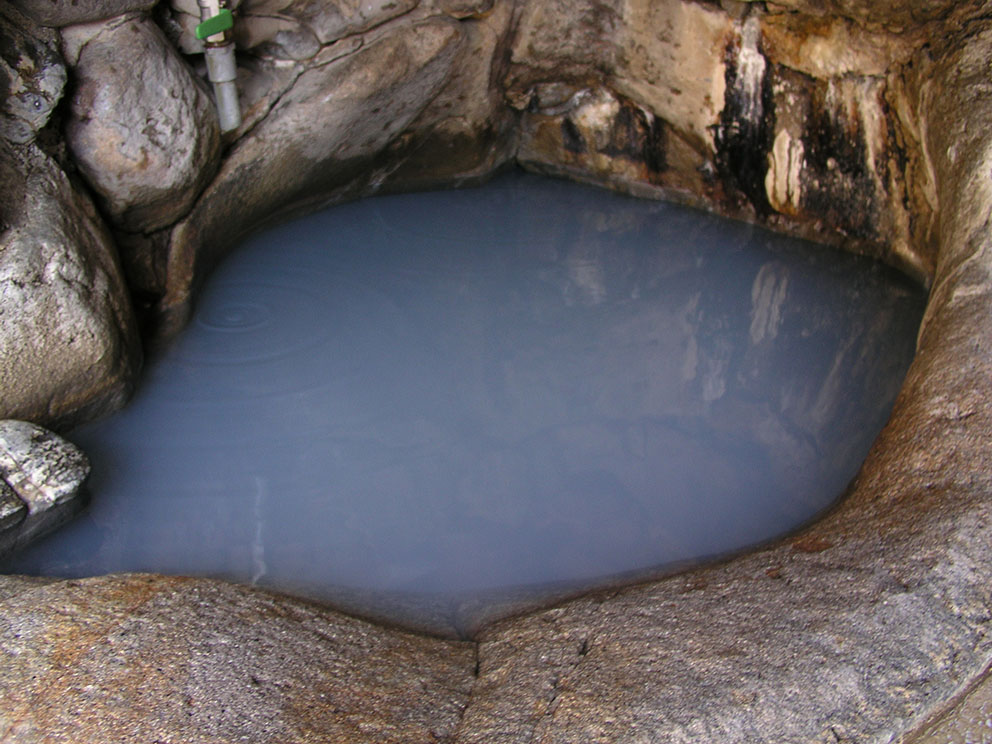
Yunomine Onsen has a history of 1800 years, and the most famous onsen bath in this village is Tsuboyu.
Tsuboyu, a small private bath for 1-2 people for up to 30 minutes, is one of the only hot springs that is registered as UNESCO World Heritage.
It has been said that the color of the thermal water changes 7 times a day.
Public Baths (Gender Separated baths/Medicine Bath/Private Bath)
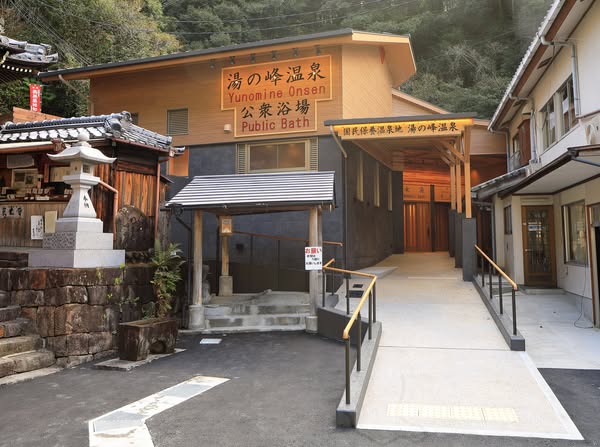
There are Onsen baths in every lodge in Yunomine Onsen as well as three public baths.
For the public baths, please buy tickets at the ticket counter beside Toko-ji Temple in the center of the village.
Yunomine Onsen Public Bath offers gender-separated baths, a medicinal bath, and a private bath.
Day-use Bath in Lodgings
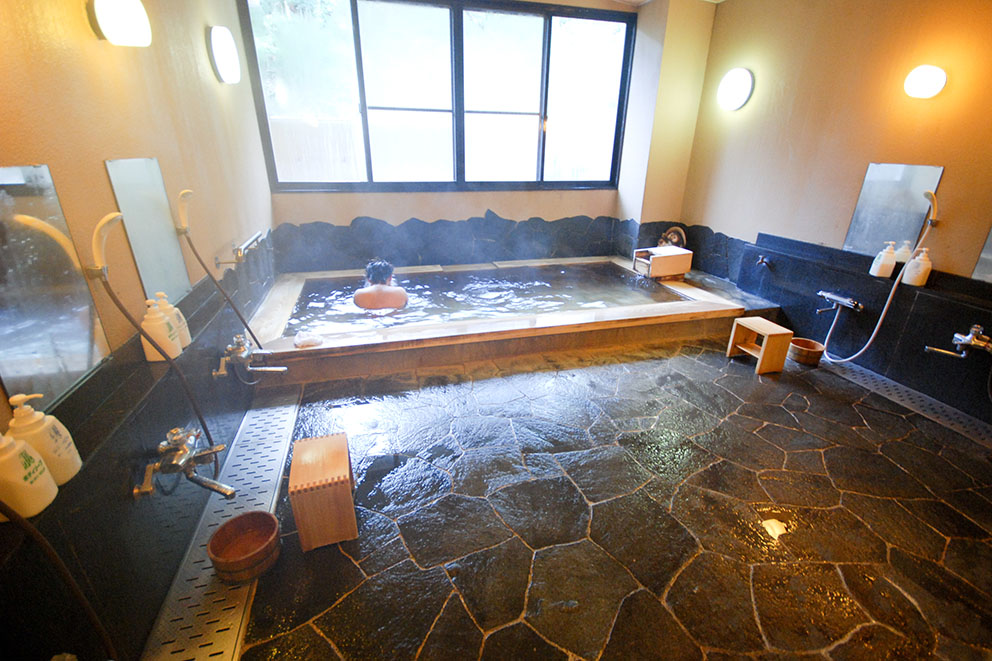
Almost all accommodations in the Yunomine Onsen area have their own onsen baths, and some offer day-use baths. Even if you are not staying at the accommodations, you can have a unique experience of the historic onsen village.
※ Please note that some lodgings require reservations in advance and are sometimes closed.
Yuzutsu
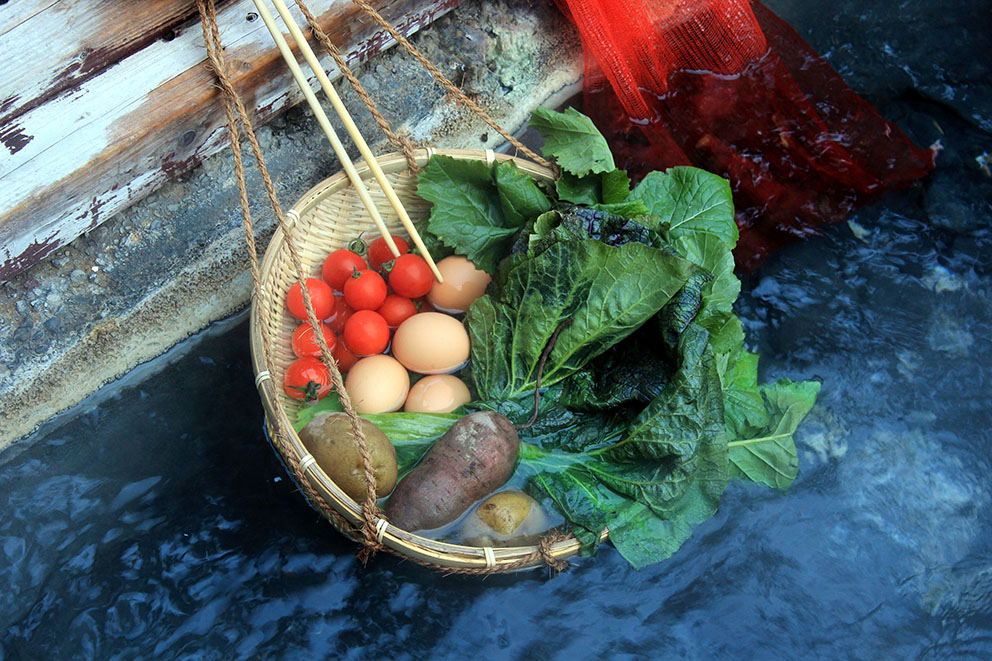
A unique (and delicious!) experience at Yunomine Onsen is to cook eggs in the public hot spring cooking basin called Yuzutsu. These are called “Onsen Tamago” or “Hot Spring Eggs.”
Local residents also use this Yuzutsu to boil vegetables, yet the most popular food to cook here is eggs. You can purchase eggs from stores nearby, and it takes about 11-13 minutes to cook in the Yuzutsu.
Toko-ji Temple
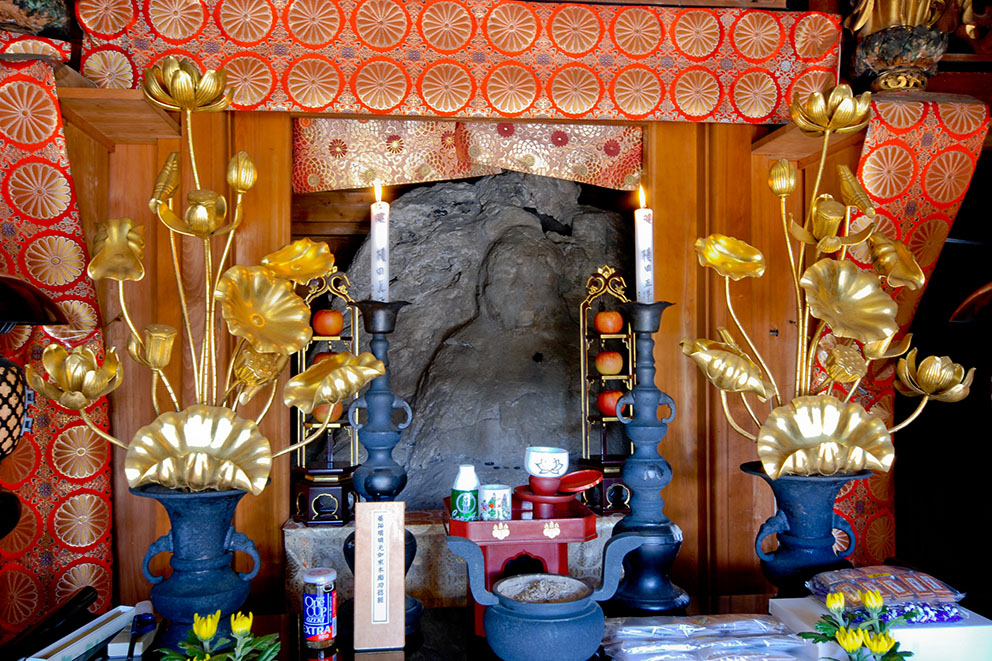
Toko-ji Temple is located beside Yuzutsu. The temple is dedicated to Yakushi, the Medicine Buddha known for his almighty healing powers.
A statue inside of the temple has a hole in its chest, and it is believed that hot springs in Yunomine Onsen have gushed out from there.
Kawayu Onsen
Sennin-buro
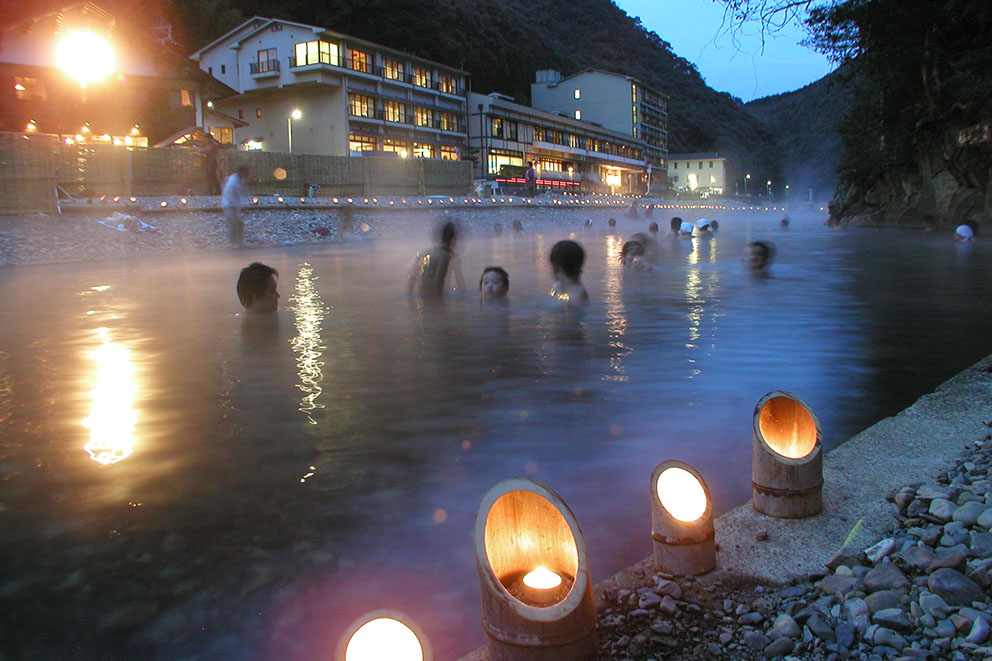
Sennin-buro is a giant onsen hot spring bath in the river. It is only open winters from December to February.
This huge bath is created by local residents and is free.
For those who are visiting Kawayu Onsen, bring your swimwear to enjoy the unique hot spring experience.
River Bath
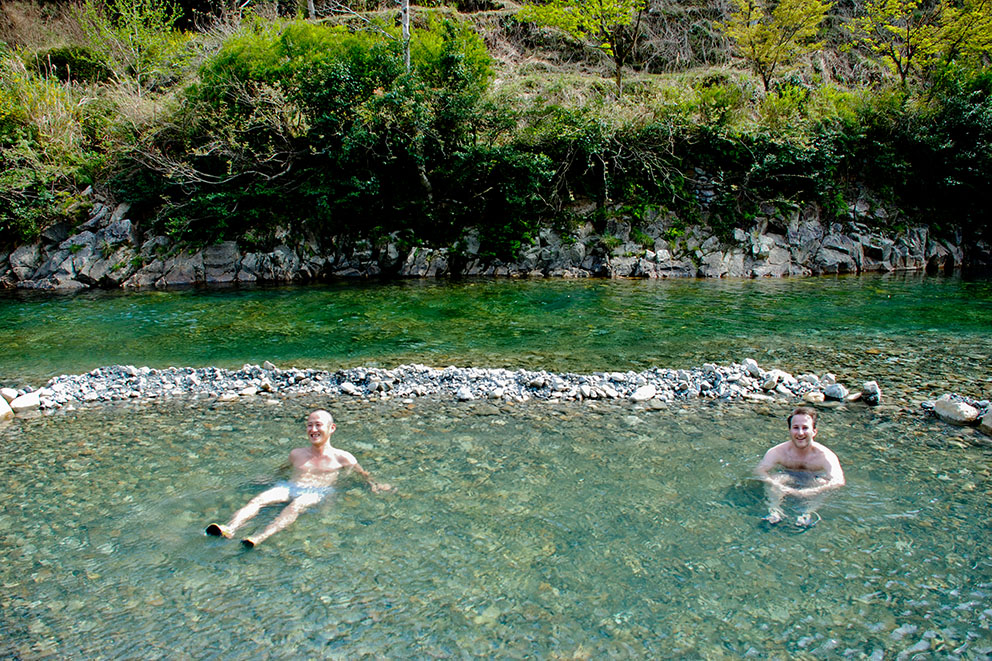
People can still enjoy Onsen in the river by digging and making their river bath even out of the season for Sennin-buro.
This unique bathing experience is sure to become a cherished memory on your Kumano Kodo journey, offering a perfect way to relax and connect with the spiritual essence of nature worship in this area.
Day-use Baths in Lodgings
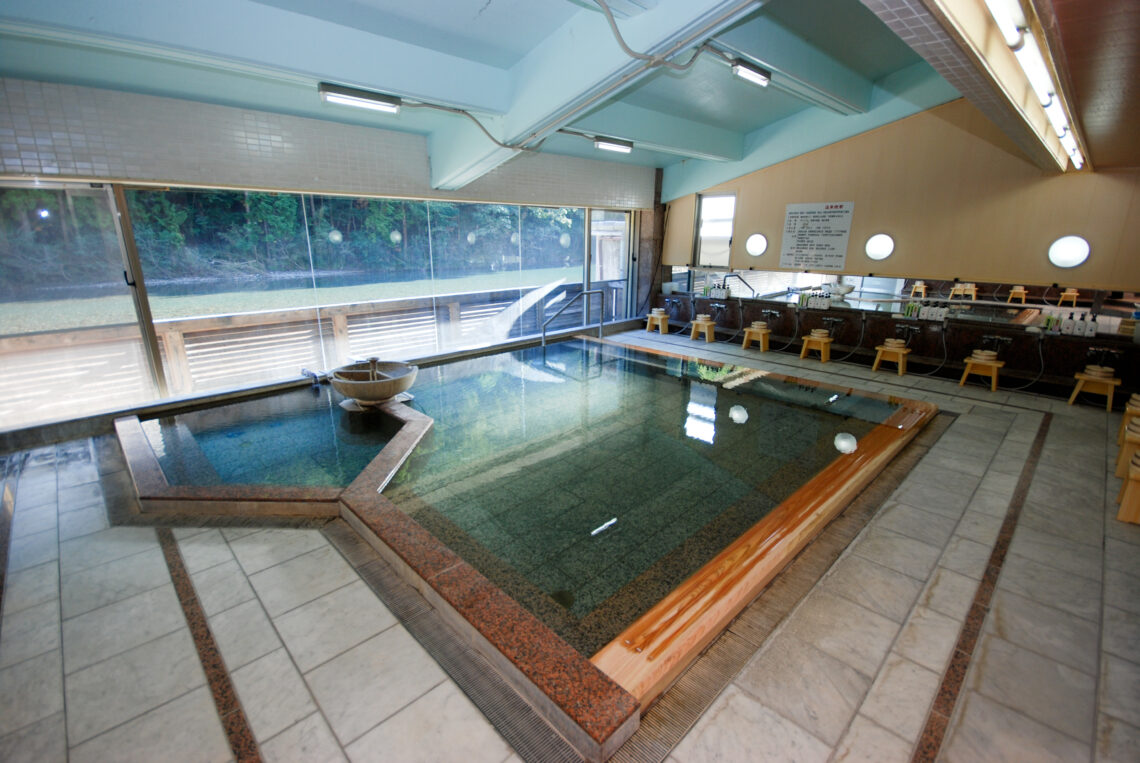
A few accommodations in Kawayu Onsen also offer day-use baths service.
※ Please note that some lodgings require reservations in advance and are sometimes closed.
Wataze/Watarase Onsen
Wataze Onsen
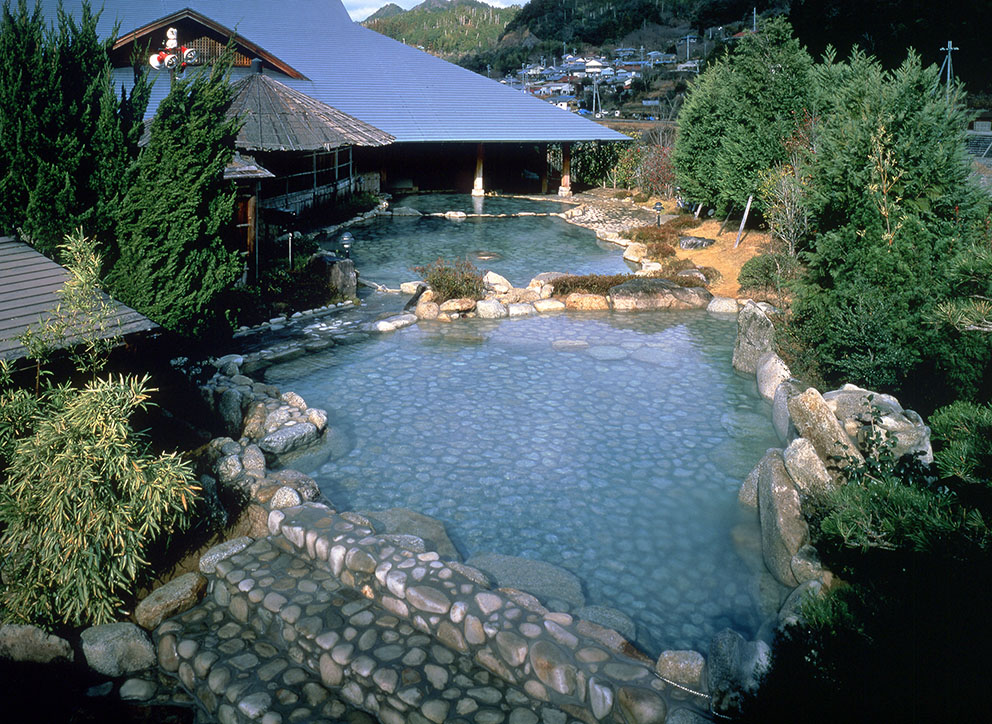
Wataze Onsen is a beautiful hot spring featuring the largest Rotenburo open-air hot spring bath in all of western Japan.
There are also private open-air baths for couples, families, or groups.
Food
It is recommended for guests staying in the Hongu area to choose plans with meals at area accommodations. But, on a free day in Hongu, it might be fun to try local cuisine at restaurants, shops, or grocery stores in Central Hongu, Yunomine Onsen, Kawayu Onsen, and Wataze/Watarase Onsen. Grab your map and consider the options in the link below.
Hike Options
For those with extra energy, the area offers some day-hike options to explore different sections of the Kumano Kodo. If you hike on an extra day, you can still enjoy onsen at the end of the day, especially if you are staying at accommodation in the Onsen districts.
Hongu Loop
This longer, challenging full-day hike is a central option surrounding central Hongu and features the highlight Hosshinmon-oji to Kumano Hongu Taisha section, Akagi-goe between Hosshinmon-oji and Yunomine Onsen, and finally Dainichi-goe back to Hongu.
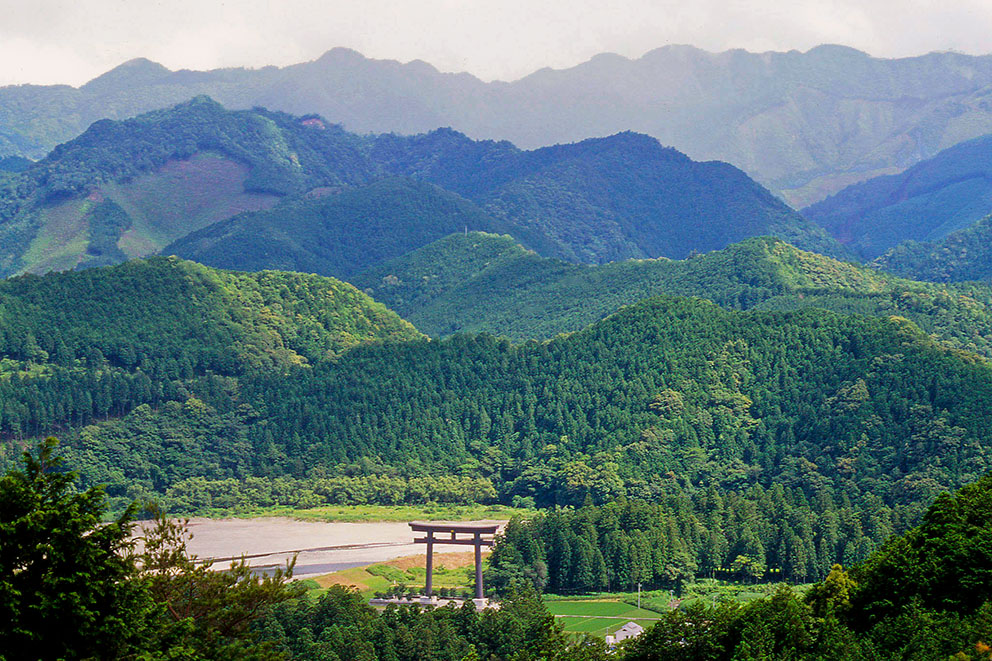
- About 15 kms, walking time around 7~9 hrs
- Walk from Yunomine Onsen to Hosshinmon-oji via the Agaki-goe route. (approx 6 kms, walking time around 3~4 hrs)
- Walk from Hosshinmon-oji to Kumano Hongu Taisha. (approx 7 kms, walking time around 2~3 hrs)
- Walk from Kumano Hongu Taisha to Yunomine Onsen via the Dainichi-goe route. (approx 2 kms, walking time around 1~2 hr)
- Loop Walk Maps
Hosshinmon-oji to Kumano Hongu Taisha
This section is one of the most popular half-day walks on the Kumano Kodo with a diversity of scenery including forested trails and isolated ridge-top settlements. It is mostly downhill, culminating with a visit to Kumano Hongu Taisha.
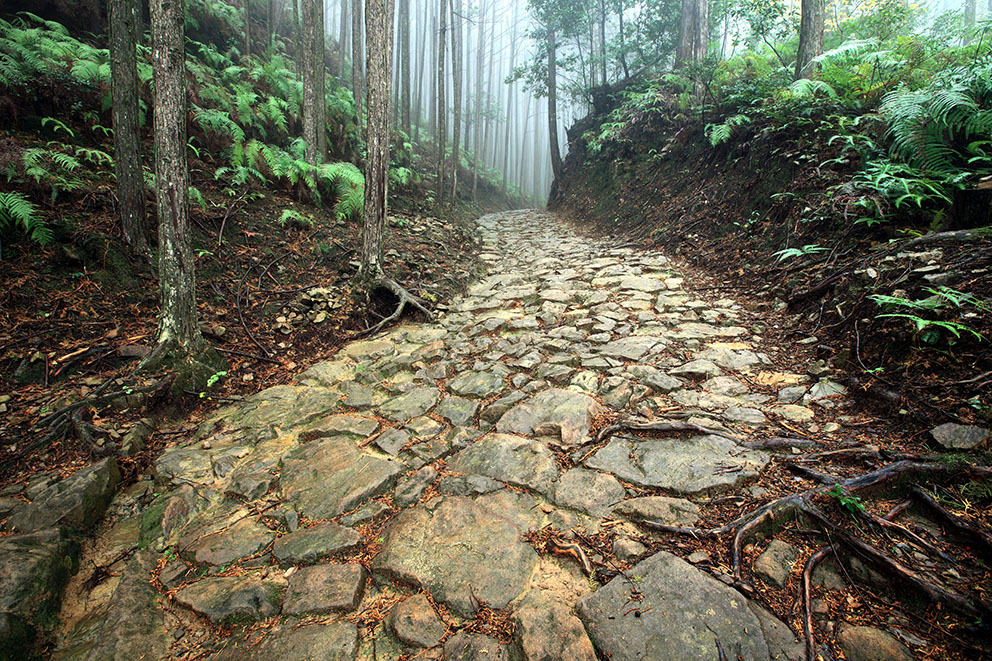
- About 7 kms, walking time around 2~3 hrs
- Bus to Hosshinmon-oji (timetable #6)
- Walk from Hosshinmon-oji to Kumano Hongu Taisha
- Kumano Kodo Map
- This is a very popular course going through ridge top farming communities and forested areas. It is easy to spend a good portion of the day strolling this section of the Kumano Kodo.
Kumano Hongu Taisha to Yunomine Onsen (Dainichi-goe route)
This is a short but relatively steep trail over Mt. Dainichi linking Kumano Hongu Taisha and Yunomine Onsen. The Hanakake Jizo is on the ridge, and on the eastern slope is Tsukimigaoka-jinja — a shrine in a grove of old-growth trees historically associated with the Shugendo mountain ascetic priests.
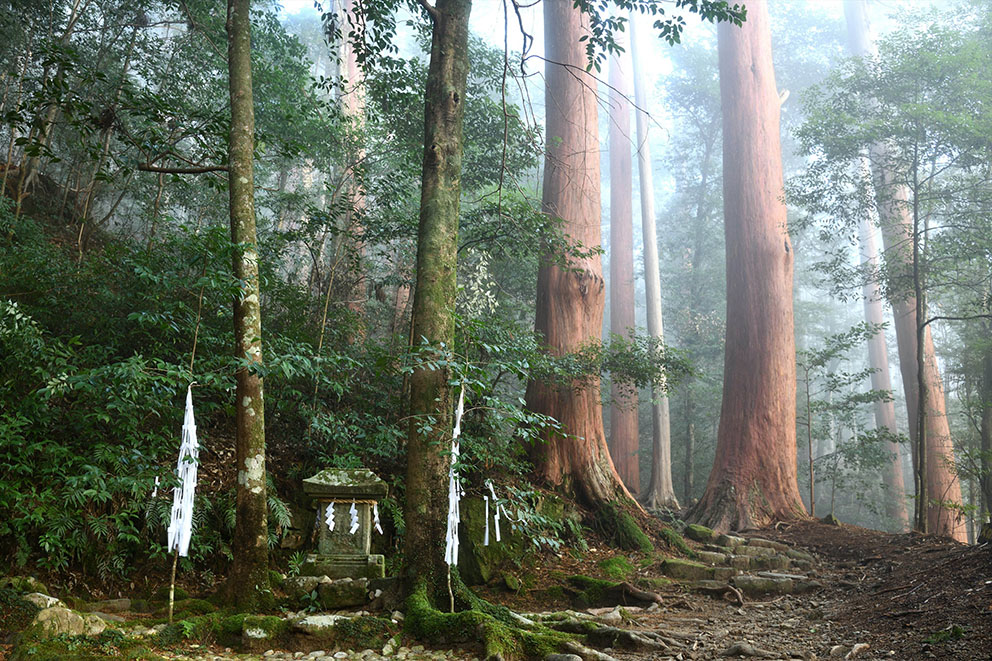
- About 2 kms, walking time around 1~2 hrs
- You can walk either direction from Kumano Hongu Taisha to Yunomine Onsen or from Yunomine Onsen to Kumano Hongu Taisha. It is a great way to link the two areas without using public transit.
- This route takes you over a small mountain pass. It is a steep climb and descent either way you go.
Local Bus Access
- Between Kumano Hongu Taisha and Onsen districts
– Timetable #11
- Yunomine ➡ Wataze ➡ Kawayu
– Timetable #1
– Timetable #4
- Kawayu ➡ Wataze ➡ Yunomine
– Timetable #2
– Timetable #3
